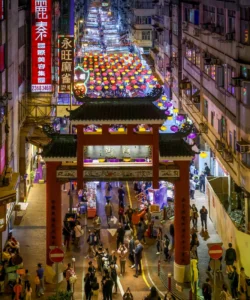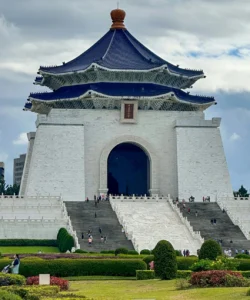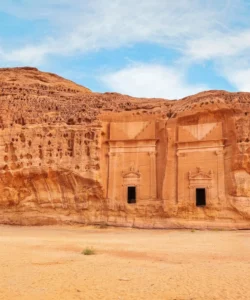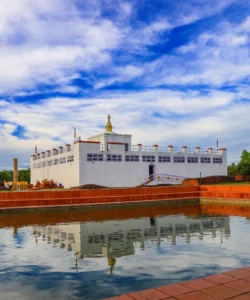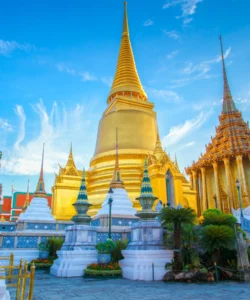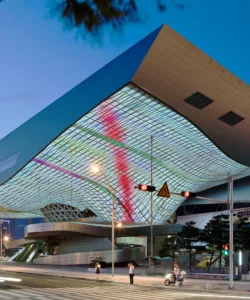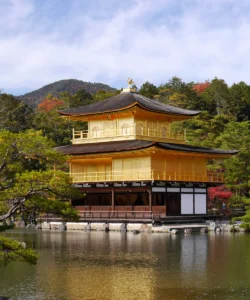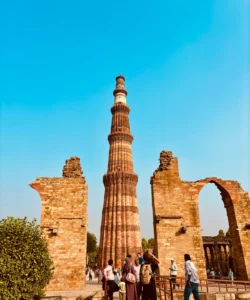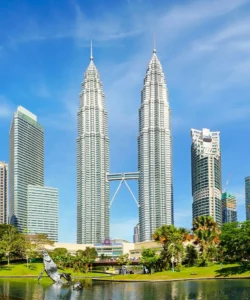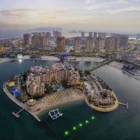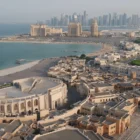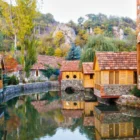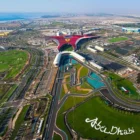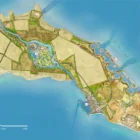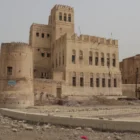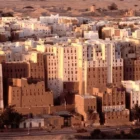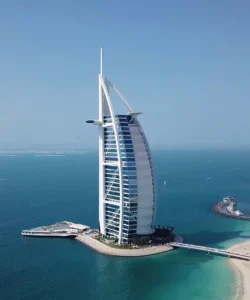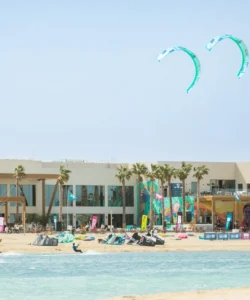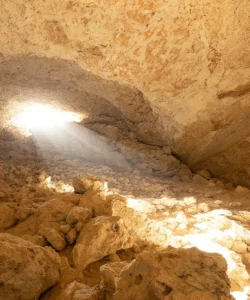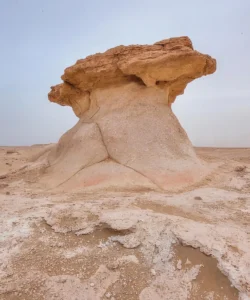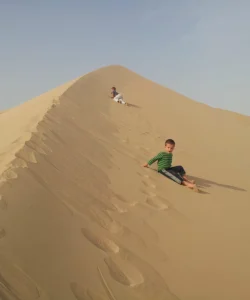Souq Waqif (Arabic: سوق واقف, “the standing market”) is the historical and cultural heart of Doha, Qatar. A vibrant marketplace that feels like an anachronism against the city’s futuristic skyline, it stands on the site of a century-old trading market once used by Bedouins. Following a period of decline, the souq was meticulously restored in the mid-2000s to preserve its 19th-century architectural character. Today, it is a bustling hub of activity, where commerce, culture, and cuisine collide, offering visitors an immersive journey into Qatar’s rich heritage.
Listen to an introduction about Souq Waqif
Name and Address
- Name: Souq Waqif. The name translates to “the standing market,” a historical reference to the merchants who, generations ago, would stand to sell their goods in the area, which was a dry riverbed (wadi) that often flooded from the nearby sea.
- Address: Located in the center of Doha, Qatar, between Al Souq Street and the Corniche. Its location is adjacent to other major landmarks, including the Museum of Islamic Art and the Pearl Monument.
How to Get There
Souq Waqif’s central location makes it one of the most accessible destinations in Doha.
- By Metro: The most convenient public transport option is the Doha Metro. The Souq Waqif station on the Gold Line has an exit that leads directly into the market, offering a modern and efficient way to arrive.
- By Car/Taxi: Taxis and ride-sharing services like Uber and Careem are widely available and can drop visitors at multiple entrances. For those driving, a large underground parking facility helps accommodate the high volume of traffic.
- Walking: The souq is within a pleasant walking distance of the Doha Corniche, the Museum of Islamic Art, and other downtown attractions, making it easy to incorporate into a larger tour of the area.
Landscape and Architecture
The architecture and atmosphere of Souq Waqif are its most defining characteristics, offering a carefully curated glimpse into a bygone era.
- Architectural Style: The souq was extensively restored after a fire in 2003, with a government-led project aimed at preserving its historical Qatari architectural style. The buildings feature traditional materials like mud-rendered walls, exposed timber beams made from dangeal wood and bamboo, and classic decorative plasterwork (juss). This creates an authentic, historical feel that provides a stark contrast to Doha’s surrounding skyscrapers.
- Layout: The market is a labyrinth of narrow, shaded alleyways designed for exploration. These paths wind between low-rise buildings and open into larger courtyards, creating a sense of discovery. The entire area is pedestrian-friendly, with cobbled streets and traditional lanterns that cast a warm glow over the souq at night.
- Atmosphere: It is a vibrant, bustling hub of activity, especially in the evenings when the weather is cooler and locals gather to socialize. The air is filled with a rich tapestry of aromas—from exotic spices and fragrant perfumes to traditional cooking and the sweet scent of shisha. The sounds of merchants, traditional music, and the chatter of visitors create an immersive and lively sensory experience.
What Makes It Famous
Souq Waqif’s fame is rooted in its multifaceted identity as a center for commerce, a cultural landmark, and a culinary destination.
- Traditional Shopping: It is the premier destination for authentic goods. Visitors can find a vast array of items, including fragrant spices like saffron, sumac, and dried black lemons; traditional garments such as thobes and intricately embroidered abayas; handicrafts like woven textiles and wooden chests; and a huge variety of dates, honey, oud (agarwood incense), and custom-blended perfumes.
- The Falcon Souq: A unique and major attraction, the Falcon Souq is dedicated to the art of falconry, a deeply rooted part of Qatari and Gulf heritage. Here, you can see majestic falcons perched in shops, learn about their training and care, and browse all the related equipment, from leather hoods to GPS tracking systems. There is even a dedicated, state-of-the-art falcon hospital on site.
- Specialty Markets: Beyond falcons, there are dedicated areas for the Gold Souq, with dozens of shops displaying intricate jewelry; a Spice Souq that is a feast for the senses; a Handicraft Souq; and even a section for pets and birds. You can also visit the Amiri Stables to see beautiful Arabian horses.
- Culinary Hub: The souq is packed with a diverse range of dining options, from street food stalls selling local delicacies like samosas and sweet dumplings to acclaimed restaurants offering Qatari, Syrian, Iranian, and other international cuisines. It’s a popular spot for enjoying a meal, a traditional karak tea, or relaxing at an outdoor shisha lounge.
- Art and Culture: The Souq Waqif Art Center features galleries with works by local and regional artists and often hosts workshops. The souq also regularly hosts cultural events, festivals, and street performances, particularly during the cooler winter months.
Differences from Other Historical Sites
Souq Waqif stands out from other famous markets (like the Grand Bazaar in Istanbul or the souks of Marrakech) in several key ways:
- Restoration vs. Continuous Operation: While it stands on an ancient site, the current Souq Waqif is largely a meticulous restoration and reconstruction. This makes it feel both ancient and modern, with a high degree of preservation and planning, unlike markets that have evolved more organically over centuries with less uniformity.
- Cleanliness and Organization: Visitors consistently remark on the exceptional cleanliness and organization of Souq Waqif, which can be a contrast to the more chaotic nature of other historic souqs.
- Unique Cultural Focus: The prominent Falcon Souq, with its associated hospital, is a distinctly Qatari and Gulf-region feature that is not found in most other international markets.
- Juxtaposition with Modernity: Its location in the heart of hyper-modern Doha creates a unique and striking contrast. It is a preserved pocket of heritage surrounded by a city of the future, which is a different context from markets in cities with more uniformly historic centers.
Souq Waqif Photos:































